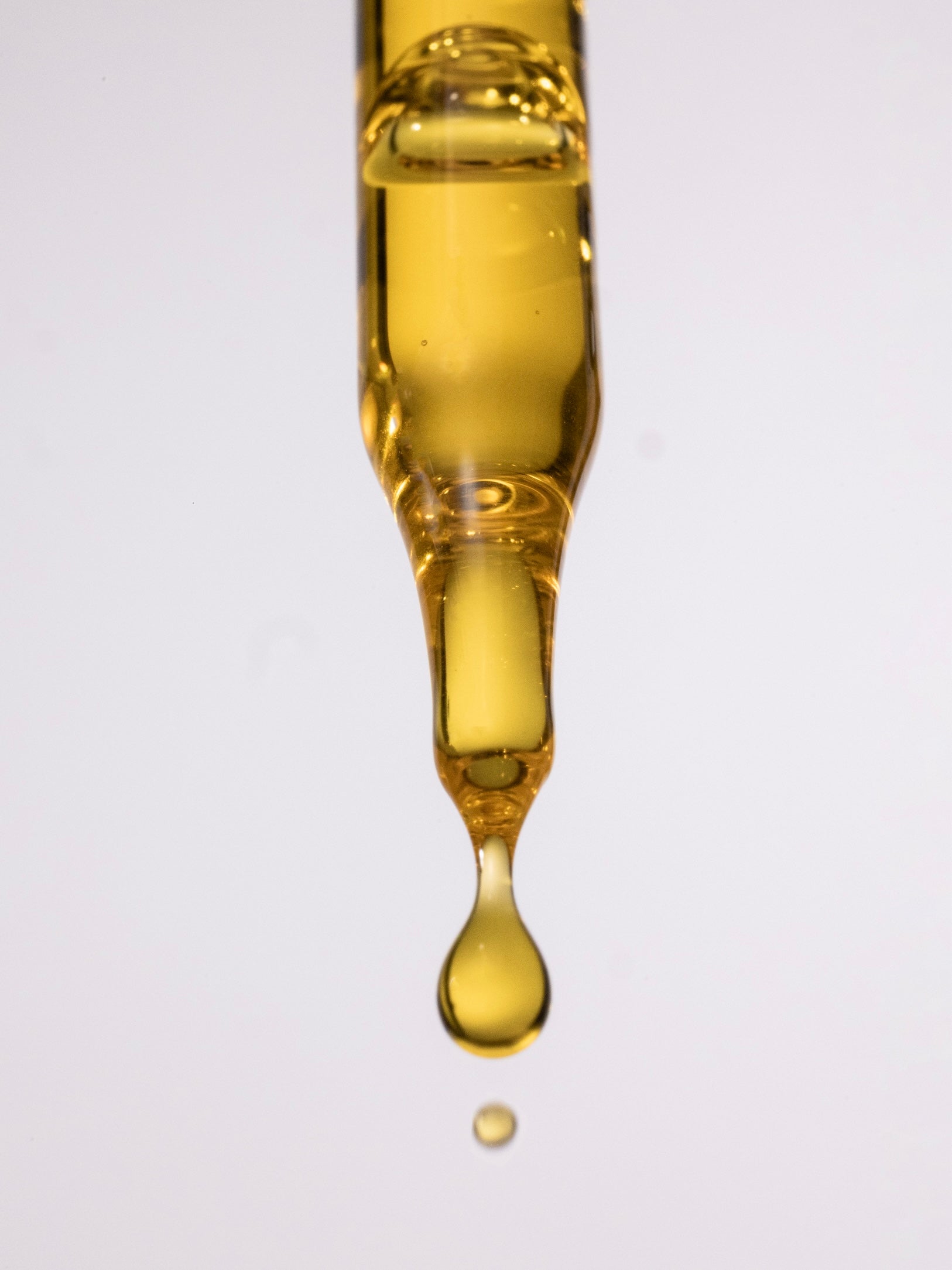An expert weighs in on melasma

We spoke with Dr. Carrie Jones, a women’s health and hormone expert, to find out the best ways to heal melasma. Dr. Carrie Jones takes an internal approach and explains the liver’s role in developing melasma. She also gives us tips on how to support the liver to help prevent and even reverse hyperpigmentation.
What causes melasma?
While melasma is not entirely understood, there are several known triggers such as sun exposure, pregnancy, hormonal treatments such as the birth control pill, photosensitizing medications, thyroid disease, inflammatory processes in the skin, and adverse reactions to cosmetics or skincare ingredients. There is also likely a genetic component as many women report other women in their family experience melasma as well especially families with more pigmented phenotypes (Fitzpatrick skin types III-V).
How do synthetic hormones and birth control play a role in melasma?
The hormonal increase in pregnancy and the use of hormones through the birth control pill stimulate a cascade of events that leads to increased melanin production especially on the face. They increase melanocortin receptors in melanocytes, they act directly on the melanocytes themselves and they increase tyrosinase which is a pigment forming enzyme. This combination causes the dark spots to form. Lastly, the birth control pill can increase binding globulins. These act as a “bus,” carrying hormones throughout the system. In particular, an increase in thyroid binding globulin can bind up thyroid hormone causing her to be more hypothyroid. This could affect her melasma development.
What role does the liver play in developing melasma?
The liver plays a very important role in detoxification including that of hormones, medications, alcohol, and all chemicals that come into the body. If a woman’s liver is constantly working hard to process these things, it can result in imbalances that show up on the skin such as the case with melasma. Additionally, the liver plays a role in the conversion of the thyroid hormone T4 into the more active T3. Any dysfunction in this process could increase that skin darkening. This is why it is so important to be diligent about reading labels on skincare and make-up, minimizing alcohol intake and supporting overall liver health.
Is there anything we can take internally to reverse it or prevent it?
Wearing a quality sunscreen and avoiding sun exposure is especially important to reducing or preventing melasma. Eating liver friendly foods such as artichokes, garlic and onion, beets, and broccoli and broccoli sprouts, brussels sprouts, dark leafy greens may support detoxification. If a woman is on the birth control pill, talk with her doctor about other options due to the effects of those hormones on melanin production. Be careful of using liver supportive supplementation because that might render the pill less effective at pregnancy prevention. If a woman is not on the birth control pill, consider having her hormones tested to see her levels of estrogen and progesterone in the second half of her cycle, known as the luteal phase. Working with a functional health practitioner to improve hormonal, liver and thyroid health can help.
Be careful of the ingredients in skincare and make-up and use clean products such as Agent Nateur, to reduce or avoid inflammation. Gut health can play a role in skin health, therefore make sure you’re eating enough fiber and consider prebiotics (such as inulin from artichoke and jicama) and probiotics.
Reduce or eliminate alcohol intake as this has a hugely negative effect on the liver and gut plus often worsens skin conditions on the face. Talk with your dermatologist about possible topical treatments or procedures that might lessen the skin darkening.
Unfortunately, the treatment for melasma can take time and does not often eliminate it 100%. However, with a comprehensive plan that looks at all the triggering factors, there is a lot of hope for her skin!
Which laser treatments are most effective at treating melasma?
Laser procedures can be extremely effective or detrimental in the treatment of melasma. With extended heat-based lasers, there is a chance of exacerbating the melasma, so the method of delivery with a laser or light based device is key in the treatment of melasma. It was thought for many years to avoid all laser treatments delivering heat to the tissue, in fear of increasing melanin in response to heat delivered by the laser or various light based devices. Research now shows us otherwise. Given the broad absorption spectrum of melanin, a variety of lasers and light sources have also been investigated with some success. These studies include the use of the Intense pulsed light (IPL), ablative (ABL) and non-ablative fractional lasers (NAFL), and picosecond devices, as well as Pulse Dye Lasers (PDL). Also, there is recent evidence to suggest a vascular component to melasma, and therefore improvement in melasma has been achieved combining the PDL with other therapies that mainly target hyperpigmentation.
Which skincare products do you recommend for reducing the appearance of melasma?
The administration of tranexamic acid (which possess anti plasmin properties), this topical treatment in conjunction with low fluence laser therapies, (emphasis on low fluence) has proven to be highly successful in the treatment of melasma. Some other topical therapies include hydroquinones, kojic acid, azelaic acid, niacinamide, and tretinoin. A natural SPF containing non-nano zinc oxide reapplied throughout the day, might be the most important aspect of the treatment regimen in preventing the return of pigment.
What role does vitamin C play in combatting melasma?
Topical stabilized vitamin C is necessary to decrease free radical damage to the skin from external elements as well as prevent further oxidation and aging of the skin from harmful UV rays.
Try our holi (trinity) to help reduce hyperpigmentation and build collagen.





